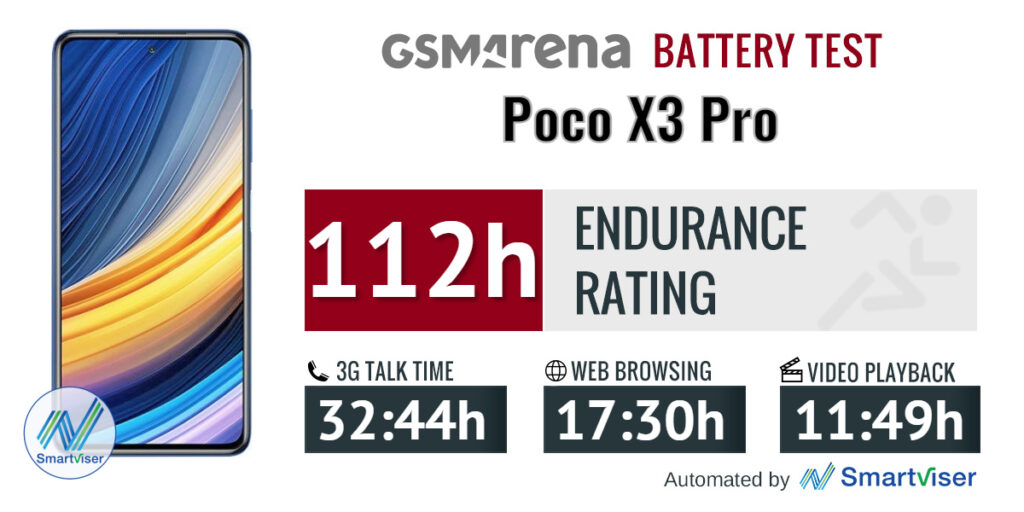How to Make Your WordPress Site Mobile Friendly
Mobile-friendly websites are no longer a luxury, but a necessity. One of the reasons is because mobile traffic is growing at an unprecedented rate. Other reasons for a mobile-friendly website include the increasing number of its users and the fact that Google rewards mobile-friendly websites.
With Google penalizing sites for not being mobile-friendly it's more important than ever to optimize your WordPress site for all devices. WordPress is one of the most popular blogging platforms and can be easily customized to reach a mobile audience. It is not just for blogs, but you can also create an e-commerce site or even build your own social networking site like Facebook.
In this blog post, we will discuss how to build a mobile-friendly website with WordPress. We'll walk you through the process of finding a suitable theme and installing it on your site. You'll also learn about some plugins that can help make your WordPress site more user-friendly for visitors browsing from their phone or tablet.
Mobile-Friendly is an essential trend in web design these days, so let's get started!
How To Optimize Your WP Websites For Mobiles
Here are steps to optimize your WP for mobiles.
- Choose The Right Theme
Choosing the correct WordPress theme is the first decision in creating a mobile-friendly website.
WordPress themes allow you to create a mobile-friendly site. Check your WordPress version and the latest installed theme version. Some articles might include mobile-friendly features and may be able to fix your problem. The theme of your site should be up-to-date to ensure that you clearly define the purpose of your site and entice future visitors.
To do this, first decide if you want a responsive theme or an adaptive theme. A WordPress Mobile Friendly Theme will load automatically with the latest mobile technologies and features, which means that your site is optimized for tablet viewing too!
2. Use Mobile-Friendly Plugins
Some mobile-friendly WordPress themes come with plugins to add to your website or use the theme's built-in functions.
For example, a sidebar widget plugin is suitable for your website. It helps you have both a desktop version and a mobile version.
But it doesn't work on the mobile version, so you need to make sure to use plugins that are friendly for phones or make them better with optimization. You should also check your existing plugins and make sure they are the latest versions. An outdated plugin might not work well on a mobile device.
3. Configure the WordPress site to use Google's AMP framework
Google has been using the page speed of web pages for a long time in their search engine. They introduced Accelerated Mobile Pages (AMP), which loads web pages faster on mobile devices. It makes a website more friendly to use on a mobile phone.
You can set up AMP on your WordPress website to be easier to use on mobile devices. You can also optimize the website for mobile users by setting a time delay for Defer Parsing of JavaScript.
Accelerated Mobile Pages make it easy for visitors on smartphones to use the site without any hiccups.
4. Ensure You Have A Reliable Web Host
All the optimizations you apply to your site won’t mean anything if you have an unreliable host. Thus, if you want to have a website that is dedicated, you should not use shared hosting. Shared hosting can cause your website to crash if someone with too much traffic visits it.
Also, the practice of page caching can help you make your site load faster for people who visit it. This can help them stay interested in the site.
Conclusion
WordPress is one of the best ways to have a website with mobile optimization. By following the optimization tricks provided above, you can ensure that you make the most of your WP website today.








